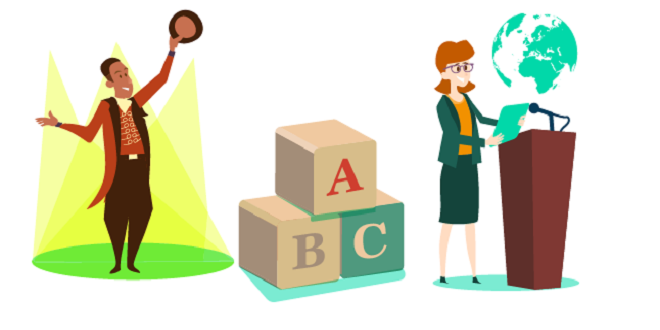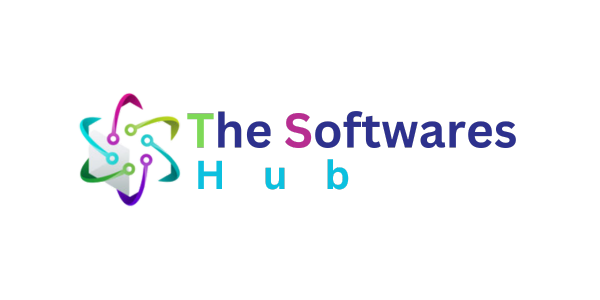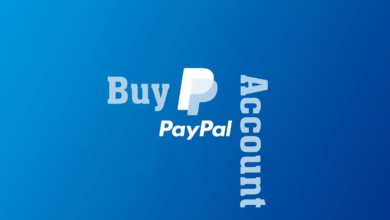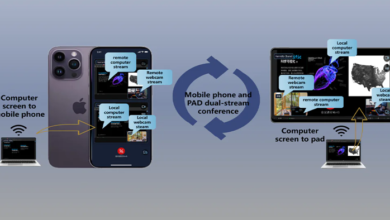Content That Informs and Educates

The purchase cycle may belong. The considerations around the value proposition and product offerings are dizzying and complex. Sure, you can create awareness with an ad, but often you have to go further. Much further. Potential consumers must be informed and educated about the products and services. The intimidation factor must be removed. Often, particularly in B2-B environments, buying decisions are a collaborative process involving groups of people and often multiple business units.
The solution? A content marketing strategy focused on information and education. The following examples show how a variety of companies—from mom ‘n’ pops to multinational corporate giants—are leveraging educational and informative digital content to help consumers navigate their products and buying processes. Rather than just selling, companies are sharing: knowledge, expertise, and how-to. They know customers who might not have 30 seconds to spend on watching one of their ads might gladly surrender 30 minutes to dive into truly useful content.
Example: Wine Library
Gary Vaynerchuk got roped into joining his family business, Shopper’s Discount Liquors, in New Jersey. It didn’t take him long to realize that many people enthusiastically collected rare vintages. He rebranded the store as Wine Library and launched a fantastically successful eCommerce site in the late ‘90s, increasing revenues from $4 million to over $60 million annually. But he didn’t stop there. Wine is a complex and to many, intimidating product category. To increase awareness and sales, Gary took it upon himself to educate customers and potential customers. He launched Wine Library TV, a daily video blog that now attracts some 90,000 daily viewers.
Example: Corning
Corning produced a corporate video for shareholders extolling the near-future of high-tech consumer products made of glass. Entitled “A Day Made of Glass,” the six-minute video (that’s a very long-running time on the Internet!) was shown in early 2011 at an investor event (see Figure 6.2). Less than six weeks later, it was the most-watched corporate video of all time, with 8 million YouTube views and climbing (and a great example of recycling content assets, discussed further in Chapter 23, “Listening and Responding”).
Example: Sports Bras
Educational content can also be powerful when it harnesses the authority of an impartial expert. Social media PR expert Sally Fallow was charged with building awareness for HerRoom.com, a women’s intimate apparel site. Obviously, in an eCommerce situation, potential customers can’t try on the merchandise.
Example: Hub spot
Sports bras do pretty much one thing. What if you’re a technology company selling a suite of highly complex products that do multiple things? Hub Spot is one such company. It offers a software package that encompasses content and social media management, inbound lead analysis, email marketing, website management, and a host of analytics products. Essentially, the company has created a new product category, so even selling to marketers who fundamentally understand most of these principles is complex.
Example: Online Communities
Condé Nast’s Epicurious is one of the oldest and best recipe sites on the web. A feature that attracts readers—and repeat visitors—is the community aspect of the site. Readers comment on recipes and add tweaks or substitutions. It builds loyalty, creates significant amounts of content, and enhances the overall value of the site.
Branded Content That Informs and Educates
Although American Express’s member’s project certainly is worthy, American Express is better known for leveraging branded content online in support of its marketing efforts.
Branded content is content produced by—or sponsored by—one entity rather than a plethora of advertisers. It’s hardly a new concept. How do you think the soap opera got its name? Dating back to early radio and television, companies were wrapping entertainment in exclusive sponsorship. The difference in content marketing is now they’re creating all the content, too.
A well-designed menu is essential for attracting and satisfying customers, as it sets the tone for the dining experience and showcases the establishment’s culinary offerings. From appetizers and entrees to desserts and beverages, menus are carefully curated to cater to various tastes and dietary preferences.
They can be presented in different formats, such as printed copies, digital displays, or online platforms, to suit the needs of modern consumers. By providing a comprehensive and enticing menu, restaurants can effectively communicate their brand identity and entice customers to dine with them.
Last word
Examples of companies that provide digital information to their customers and prospects are nearly endless. Google publishes some 110 blogs, each corresponding to a different product or business unit. Almost all are updated several times per week. Even the U.S. Postal Service (USPS), that stalwart of paper-based marketing, has put its magazine for direct-mail marketers, “Deliver,” online.





